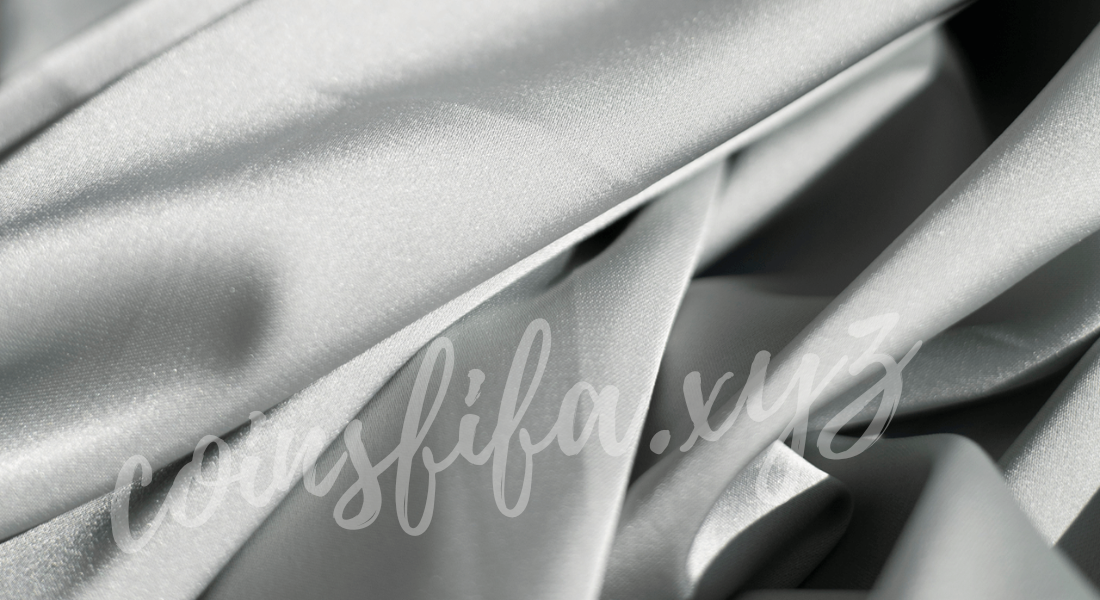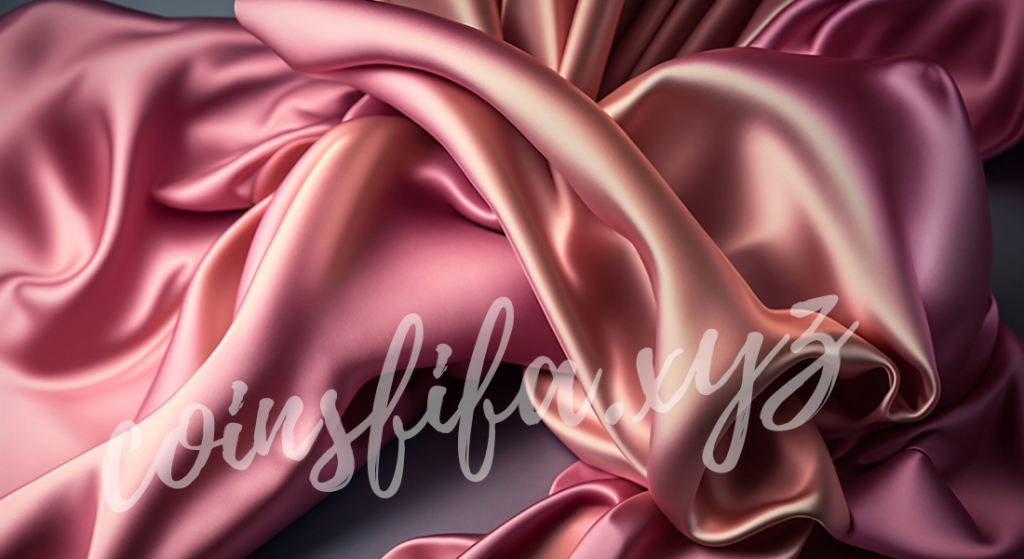Blog
Silk Textile Properties: Understanding the Characteristics and Benefits of Silk Fabrics
Silk, often hailed as the epitome of luxury and elegance, has captivated humanity for centuries. From its rich history in ancient China to its modern applications in fashion and home decor, the allure of silk textiles is undeniable. In this comprehensive guide, we will delve into the various properties of silk textiles, highlighting their texture, durability, breathability, and other unique characteristics. Understanding these properties can help consumers make informed decisions when purchasing silk products, ensuring they enjoy the full benefits of this remarkable fabric.
1. The Origins of Silk Textile Properties
Silk production dates back over 5,000 years to ancient China, where it was initially reserved for the elite. The silk-making process involves harvesting silkworms, primarily the Bombyx mori, which spin cocoons made of long silk fibers. These fibers are then carefully extracted, creating the luxurious material we know today. The history of silk is not just about the fabric itself but also about the cultural and economic significance it held in ancient societies.
2. Texture and Feel of Silk Textile Properties
One of the most defining characteristics of silk textiles is their exceptional texture. Silk has a unique smoothness and softness that feels luxurious against the skin. This silky touch is attributed to its fine fibers, which reflect light beautifully, giving silk a natural sheen. When you wear or touch silk, you will immediately notice its delicate and supple nature.
Silk’s texture can vary depending on its weave and finishing processes. For instance, charmeuse silk has a glossy surface and a beautiful drape, making it popular for evening wear, while dupioni silk has a slightly textured finish that adds depth to garments and home decor items.
3. Durability and Strength of Silk Textile Properties
Contrary to popular belief, silk is not just a delicate fabric. While it may feel soft and lightweight, silk textiles possess remarkable strength. The fibers are incredibly resilient and can withstand considerable tension, making silk surprisingly durable. This durability is one reason why silk garments can last for many years with proper care.
Silk’s strength also makes it suitable for a variety of applications, from clothing to upholstery. However, it is essential to note that silk can be sensitive to sunlight and harsh chemicals, which may weaken its fibers over time. Proper care, such as gentle washing and storing away from direct sunlight, can help maintain silk’s strength and longevity.
4. Breathability and Temperature Regulation in Silk Textile Properties
Silk textiles are renowned for their breathability. The natural fibers of silk allow for excellent airflow, which helps regulate body temperature. This property makes silk an ideal choice for both warm and cool climates. In hot weather, silk helps wick moisture away from the skin, keeping you cool and comfortable. Conversely, in colder conditions, silk provides warmth without being overly heavy.
This temperature-regulating property is particularly beneficial for bedding. Silk sheets and pillowcases can help create a comfortable sleep environment, ensuring you stay cozy in the winter and cool during summer months.
5. Hypoallergenic Qualities of Silk Textile Properties
Another noteworthy property of silk textiles is their hypoallergenic nature. Silk is naturally resistant to dust mites, mold, and mildew, making it an excellent choice for individuals with allergies or sensitive skin. The smooth fibers of silk are less likely to irritate the skin compared to rougher fabrics, providing added comfort.
This hypoallergenic quality extends to silk bedding, which can contribute to a healthier sleep environment by minimizing allergens that may accumulate in bedding materials.

6. Moisture Absorption in Silk Textile Properties
Silk textiles have the remarkable ability to absorb moisture while remaining dry to the touch. This means that while silk can wick away sweat, it does not feel damp against the skin. This property is particularly advantageous in clothing, as it helps maintain comfort and prevents the clingy feeling that can occur with other fabrics.
Silk’s moisture-wicking capabilities also enhance its performance in activewear and lingerie, where comfort and breathability are paramount.
7. Vibrant Color Retention in Silk Textile Properties
Silk textiles are known for their ability to hold vibrant colors exceptionally well. The natural structure of silk fibers allows for deep dye penetration, resulting in rich, saturated colors that remain true over time. This quality is why silk is often the fabric of choice for luxurious garments and high-end fashion.
Additionally, silk’s sheen enhances the visual appeal of colors, making them appear more vibrant and lively. This characteristic is particularly evident in silk scarves, ties, and dresses, where the interplay of light and color creates stunning visual effects.
8. Sustainable Production of Silk Textile Properties
As consumers become more conscious of the environmental impact of their choices, the sustainable aspects of silk production are gaining attention. Traditional silk farming practices, particularly in small-scale operations, often prioritize environmental sustainability. Many silk producers use natural methods for silkworm cultivation, avoiding harmful pesticides and chemicals.
Furthermore, silk is a biodegradable fabric, meaning that it can decompose naturally over time. This property makes silk a more sustainable choice compared to synthetic fabrics, which can take hundreds of years to break down.
9. Care and Maintenance of Silk Textile Properties
While silk textiles are durable, they do require special care to maintain their properties and appearance. Here are some tips for caring for silk products:
- Gentle Washing: Hand washing is often recommended for silk garments. Use cool water and a mild detergent specifically designed for silk. Avoid wringing or twisting the fabric, as this can cause damage.
- Drying: After washing, lay the silk item flat to dry, away from direct sunlight. Avoid using a tumble dryer, as the heat can harm the delicate fibers.
- Ironing: If necessary, iron silk on a low setting while it is still slightly damp. Always use a pressing cloth to protect the fabric from direct heat.
- Storage: Store silk garments in a cool, dry place, away from direct sunlight. Use breathable garment bags to protect them from dust and potential damage.
10. Conclusion: The Enduring Appeal of Silk Textile Properties
Silk textiles are more than just a luxurious choice; they offer a unique combination of properties that make them suitable for various applications. From their exceptional texture and breathability to their durability and vibrant color retention, silk continues to be a favored material in the fashion and home decor industries.
Understanding the properties of silk textiles empowers consumers to appreciate the value of this remarkable fabric fully. Whether you’re selecting a silk blouse, a luxurious set of sheets, or a beautiful silk scarf, knowing the benefits of silk can enhance your overall experience and enjoyment of these timeless pieces.
As you explore the world of silk, consider the importance of sustainability in production and care. By making informed choices, you can enjoy the beauty and elegance of silk textiles while supporting environmentally friendly practices. Whether you’re drawn to silk for its luxury or its unique properties, this fabric remains a classic choice that stands the test of time.

